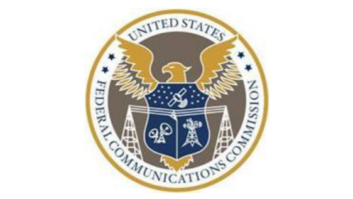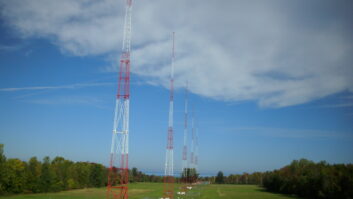The author is general manager with SP Test & Measurement.
This is in response to the commentary “Alliance Engineers: First Do No Harm” by the AM Radio Preservation Alliance (May 11 issue).

My reading began in amusement at the predictable “let them eat cake” attitude of the “big boys.” That amusement quickly turned to indignation as I realized that the key points made by the authors were based on misleading conclusions and partial statements of the facts.
There are three points I would like to make in rebuttal:
1. The economic loss from the proposed rulemaking to Class A stations is trivial compared to the revenue gain realized by smaller, local stations.
2. A listener within the daytime contour of a local AM station should not, and cannot, be considered a “loyal listener” of a distant station on the same frequency.
3. The EAS system best serves listeners of local stations rather than distant signals.
ALL LISTENERS ARE NOT EQUAL
The authors make no distinction between listeners in a station’s local market versus distant listeners. The economic equation for AM radio stations is based on the number of listeners in the station’s local market. The number of local listeners is readily quantified based on ratings services, and this is the basis for sales.
The huge number of listeners, established though they may be, that will be lost by elimination of skywave propagation protection for Class A stations are not included in the local listenership numbers tallied by the ratings services. The huge numbers of “lost listeners” identified by the authors in currently protected contours translate to little or no lost revenue for these stations.
Most of these “lost potential skywave” listeners actually reside within the groundwave contours of local Class C and D stations that are not currently allowed to serve them at night due to the protection provided the “big boys.” Allowing these stations to serve their local communities during night time hours will generate heretofore-unobtainable revenue in these markets.
Making the revenue pie bigger by introducing new, revenue-producing nighttime listeners is a manifestation of exactly what the commission is attempting to achieve with this rulemaking.
INTERFERENCE IS IN THE EARS OF THE BEHOLDER
I giggled a bit at the audacity of the authors who assert that their loyal listeners will suffer interference from these new or higher-power signals at night.
I serve as a contract engineer for WBTC, Uhrichsville, Ohio, a 250-watt daytime Class D station with a nighttime authorized power of 5 watts. Local and regional sports are a primary and critical source of revenue for WBTC. Afternoon and evening sporting events often span the sunset hours, requiring WBTC to reduce power in the middle of these events. Imagine the distress of local relatives of the star high school basketball player who suddenly, at a critical juncture of the game, find that WBTC has disappeared and is replaced by a booming signal from KXEL in Cedar Rapids, Iowa.
Those relatives, who are well within and well-served by WBTC’s daytime contour, would be counted as disenfranchised KXEL listeners under the criteria used by the authors. If you were to ask them, however, they would tell you they are WBTC listeners who are being interfered with by some out-of-town bully with no knowledge or care about the local issues in Uhrichsville, Ohio.
EAS ALERTS FROM DISTANT STATIONS ARE OF LITTLE VALUE
The most specious argument advanced by the authors is the one that listeners are best served by EAS alerts from distant, Primary Entry Point stations. Nothing could be further from fact.
Uhrichsville listeners can listen with sympathy to flood alerts and tornado warnings from Cedar Rapids, but they are not personally affected by such alerts and, in the worst case, may find them unnecessarily confusing and alarming.
These listeners are far better served by their trusted local broadcaster, with a reliable and continuous groundwave signal, transmitting alerts that are completely relevant to them while serving them with local programming. They remain secure in the knowledge that the same national alert they might receive directly from the distant station will be reliably relayed to them by the local station. They know this because the system was established to do just that and it is tested regularly to assure it works well and reliably.
A LOYAL LISTENER IS NOT THE SAME THING AS AN ECONOMIC LISTENER
I completely understand the loss of prestige that would be experienced when the Class A station can no longer lay claim to clear-channel status. That loss of prestige is not consistent however with the concept of “the greater good.”
It has been well-demonstrated by cellular providers who took over previously under-utilized UHF television channels, replacing super-power, regional mega-broadcasters with highly localized, two-way services. Hyper-localism not only represents the highest and best use of the public airwaves, but it also generates orders of magnitude more revenue from these frequencies.
There is every reason to believe that same concept applies to AM radio. Clear-channel broadcasters have outlived their usefulness and need to adapt to and embrace the modern evaluation of the greater good.
Comment on this or any story to[email protected].












